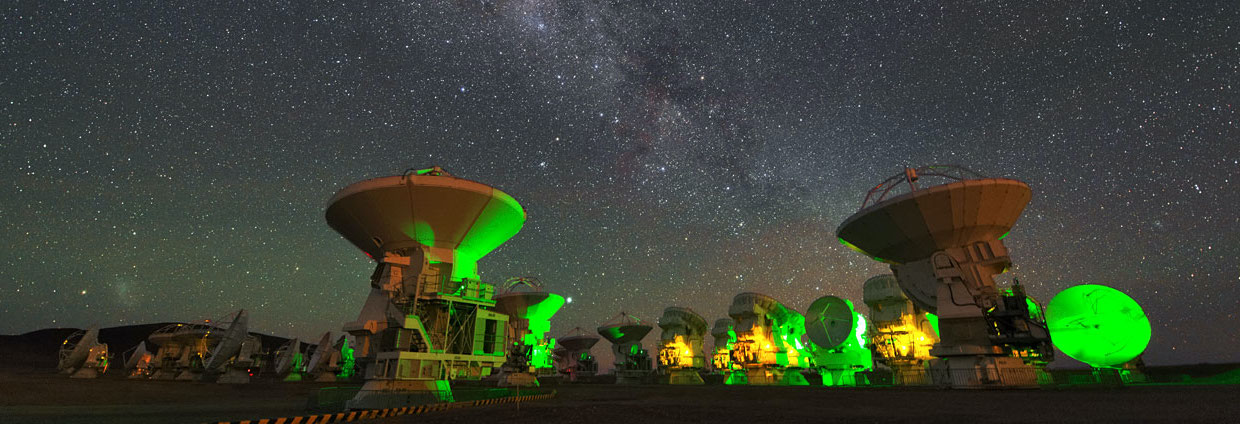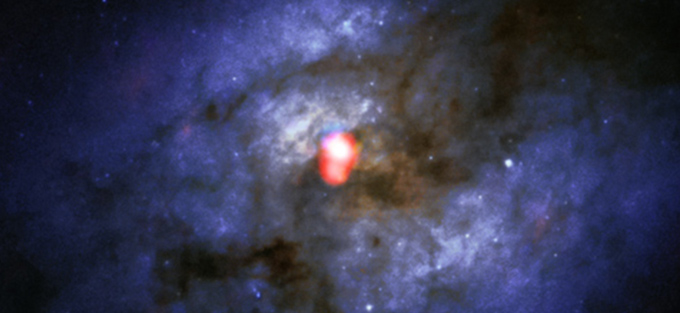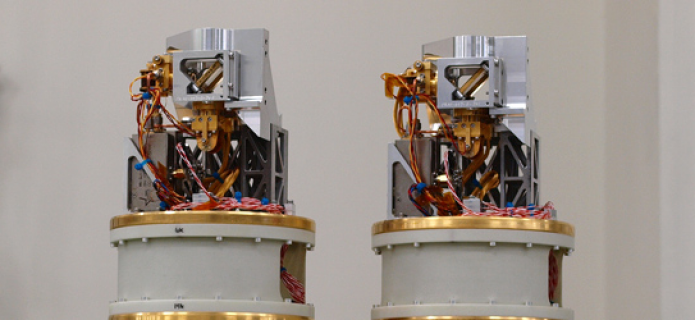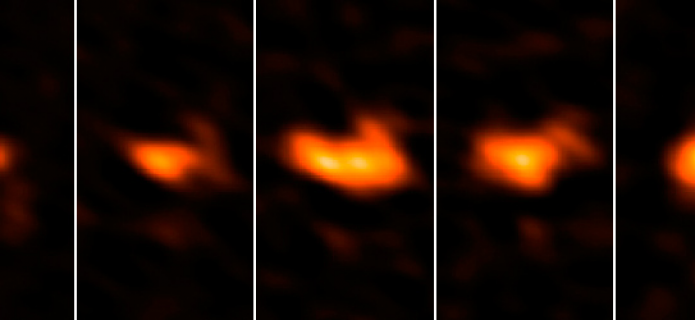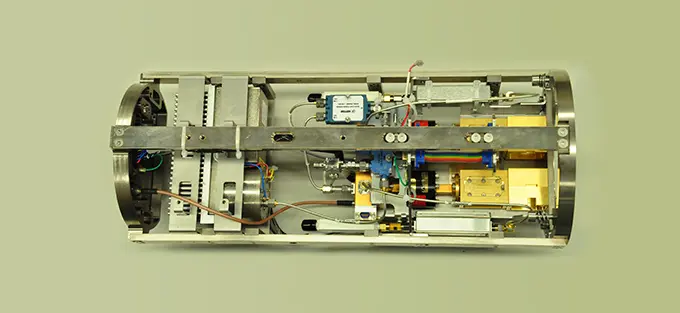Contract Signed for New ALMA Receivers
The production contract has been signed for the final set of receivers to be installed on the Atacama Large Millimeter/submillimeter Array (ALMA). The observatory observes the Universe at a range of radio wavelengths in the millimeter and submillimeter regions of the electromagnetic spectrum. Each one of ALMA’s 66 antennas is equipped with a number of highly sensitive radio-wave receivers, each receptive to a particular range of wavelengths. The new receivers, called Band 2 receiver cartridges, will allow ALMA to detect wavelengths in 2.6 to 4.5 mm the range.
Following successful tests of a prototype Band 2 receiver cartridge, the ALMA Board has approved the pre-production phase. This involves a series of six cartridges, with the goal of eventually moving into the production of the full set, one for each of the ALMA antennas. This will depend on the verification of the performance and series production readiness based on the pre-production receiver cartridges.
With these new receiver cartridges, ALMA will become an even more versatile science machine. They will allow important measurements of the cold interstellar medium, the tenuous mixture of matter and radiation that exists in the space between stars. In Band 2, ALMA will also be able to study the properties of dust in a variety of astronomical environments, from planet-forming discs to galaxies, and will be able to extend its capabilities to observing the high-redshift Universe. Closer to home, Band 2 will enable observations of complex, heavy molecules in the local Universe.
The production of the Band 2 receiver cartridges will be undertaken by a consortium comprising the Netherlands Research School for Astronomy (NOVA), Chalmers University, Gothenburg, Sweden, and the Italian National Institute for Astrophysics (INAF). The National Astronomical Observatory of Japan (NAOJ) will contribute to the production and testing of receiver optics as an East Asia contribution to the ALMA Development Program. The National Radio Astronomy Observatory(NRAO) and the University of Chile have been involved in the development and production of some components of the receivers, which will be sent to ESO for testing and integration.
Additional Information
ALMA is a partnership between ESO (on behalf of its European Member States), NSF (USA), and NINS (Japan); together with NRC (Canada), MOST and ASIAA (Taiwan), and KASI (Republic of Korea), in cooperation with the Republic of Chile. The Joint ALMA Observatory is operated by ESO, AUI/NRAO, and NAOJ.
Images
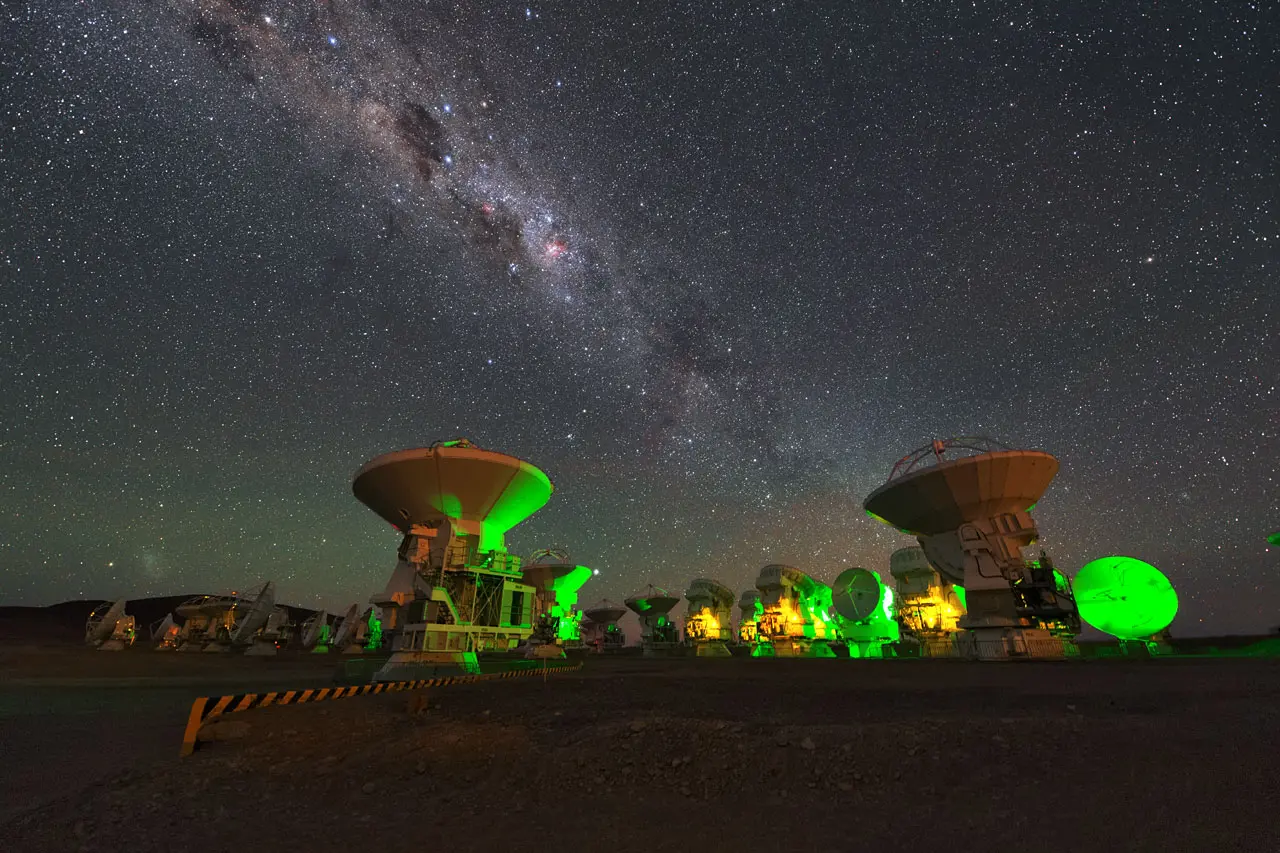
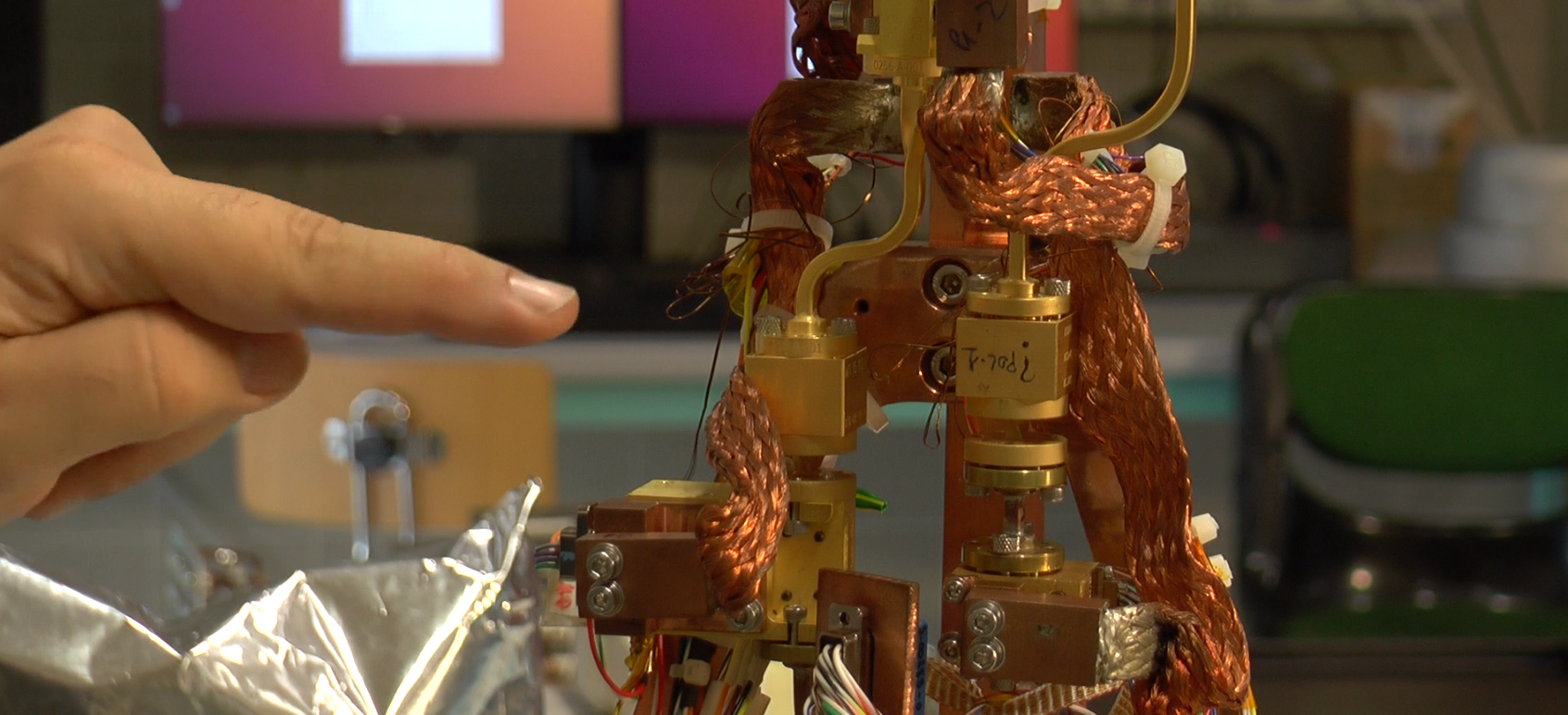
Video
Video of the ALMA Management visiting the laboratories of one of the Band 2 producers: INAF. Acknowledgements: Italian National Institute for Astrophysics (INAF)
